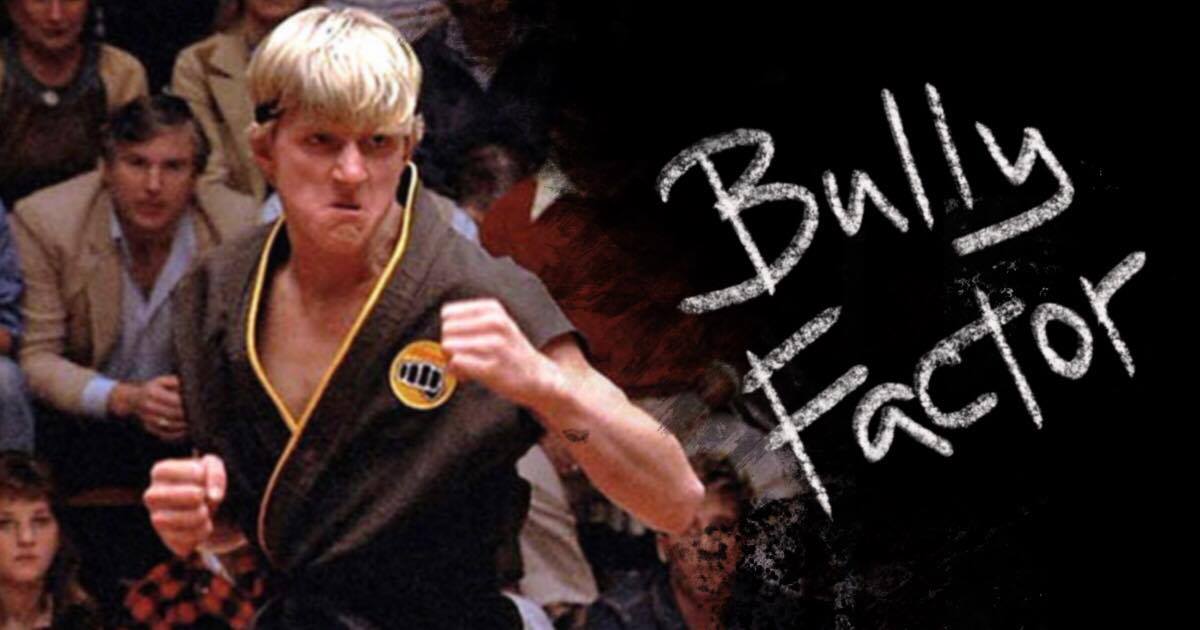The Bully Factor

These days, a good bit of my professional life is spent off the mat. I go to client meetings with construction contractors, lawyers, designers, and so on. And it seems like 1 out of 5 meetings involve someone striking a Karate pose when they hear that I train Brazilian Jiu-Jitsu.
“I won’t mess with you!”
Or
“Do you think you could take me?”
Recently, though, while waiting for a meeting to begin, someone asked me why I had started training in the first place. They were surprised to hear that I was bullied growing up and that training was a way for me to come to terms with those experiences. After all, I am no longer the scrawny kid with a bowl cut, lugging a bag full of Pokémon cards, and clinging to the latest copy of Nintendo Power. I may not look like a kid that got bullied, but that kid is still with me in a lot of ways, and I like to think that he informs how I make decisions today.
In the Brazilian Jiu-Jitsu world, the idea of bully prevention gets thrown around frequently. Yes, training a martial art can give you confidence and teach you to defend yourself—and those skills are helpful—but that approach to the bully problem is one-sided. It only addresses the people being bullied and ignores the people doing the bullying.
Preventing bullying by only teaching the people being bullied is like preventing forest fires by only training fire fighters.
I don’t have a magical solution for transforming bully culture, but I can say with reasonable confidence that our sport can do more and have an even greater impact. Here’s what I would like to see:
1. Adult bullies are perhaps more dangerous than child bullies because they have more resources and a greater reach. They might not be chasing people home from the bus stop, but a toxic instructor or a toxic student can lead to more bullying as these behaviors are modeled and perhaps even condoned. Brazilian Jiu-Jitsu has had its share of high-profile manipulative instructors, and there are more of them out there than you think. We need to hold ourselves and our peers to higher standards if we ever hope to lower bullying rates in children.
2. We should teach young people what bullying behavior looks like just as much as we teach them how to stand up to bullies. Sometimes kids are actually just being kids, and they don’t realize that they are behaving like assholes. We should be talking to our younger jiu-jitsu students about the dangers of following the pack blindly and how they can use their confidence (and hopefully not but perhaps their jiu-jitsu) to protect people that can’t protect themselves.
3. Survivors of childhood bullying may approach their adult life in a manner that is very much influenced by their childhood experiences. What I mean by this is that you may find adult jiu-jitsu students who are not emotionally very far from their younger selves. This means that certain approaches to teaching may be less effective, and some challenges may be more difficult for them to overcome. We should be more mindful of these possibilities and be empathetic. Some students might not respond well to the frat-style insults meant to build comradery or may need more time to learn how to cope with getting beaten up and dominated by upper belts. Instructors should be more aware of this.
Bullying is a strange beast, but we know that it has very real consequences ranging from anxiety and depression to self-harm and suicide. We might not have the ultimate solutions today, but by being more mindful and aware of the full scope of the bullying problem, we can start to move closer to making an even bigger difference with our art.
Other articles:
Quick links
Contact us
About us
Quality BJJ gear at fair prices, available all year. Founded in 2012 to provide an alternative to high-cost, limited edition gis. Dive into the BJJ lifestyle with us—join the Panda Nation!"
